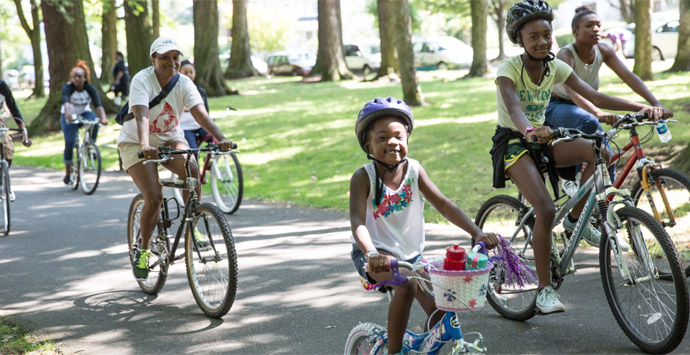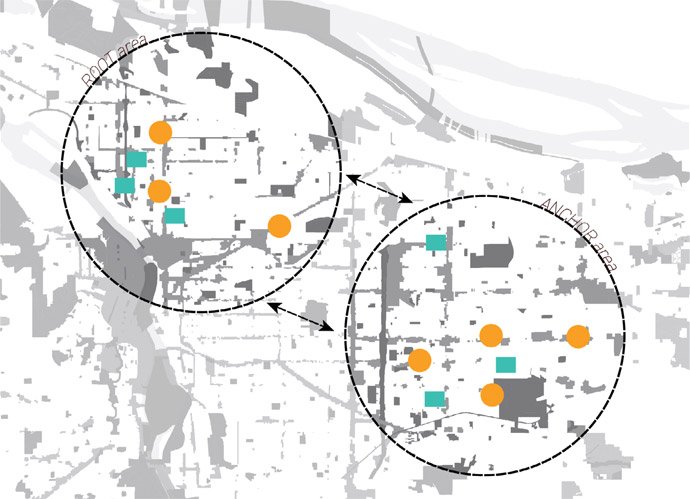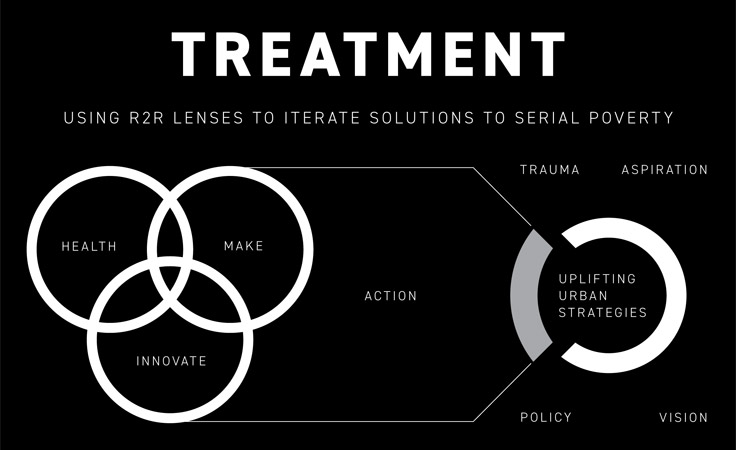Health+Wealth
To thrive, People need a nurturing, healthy environment. The healthy choice must be the easy choice.
Together, we imagine, make and implement “right-sized” innovative design solutions for pressing social issues. We use data to our advantage! We leverage all assets for social good.
When assessing, diagnosing and prioritizing our community’s most acute issues, we look to root causes to inform our “treatment” plan.
We make, replicate and test the most innovative, upstream solutions that have the biggest impact in the lives of our marginalized, socially vulnerable people. We know that creating a safety net makes our whole society stronger and more prosperous.
We agree that one’s ZIP CODE is more determinative than one’s genetic code for health/wealth outcomes, that nurture is as, if not more, important than nature and that people embody in/equity epigenetically.
We understand that SERIAL POVERTY is the problem; that INEQUALITY IS MAKING US SICK.
We’ve found that Oregon’s income, employment, education, housing and health data highlight that WOMEN AND CHILDREN ARE MADE VULNERABLE by social, economic, environmental and political disparities. For that reason, we propose a FAMILIES-FIRST APPROACH.
Right 2 Root proposes that Community RE/Construction requires us to use placemaking as a health/wealth intervention.







